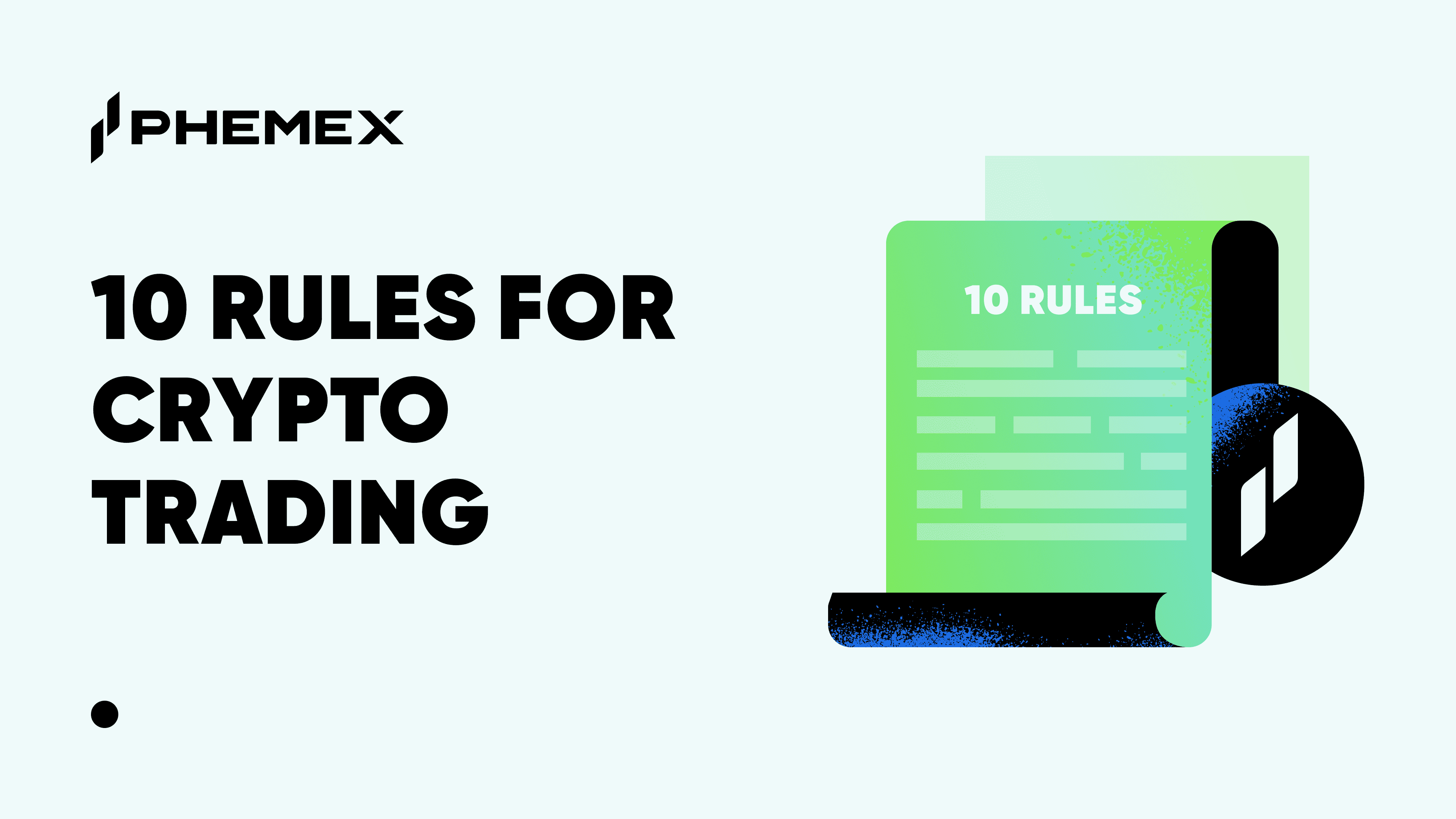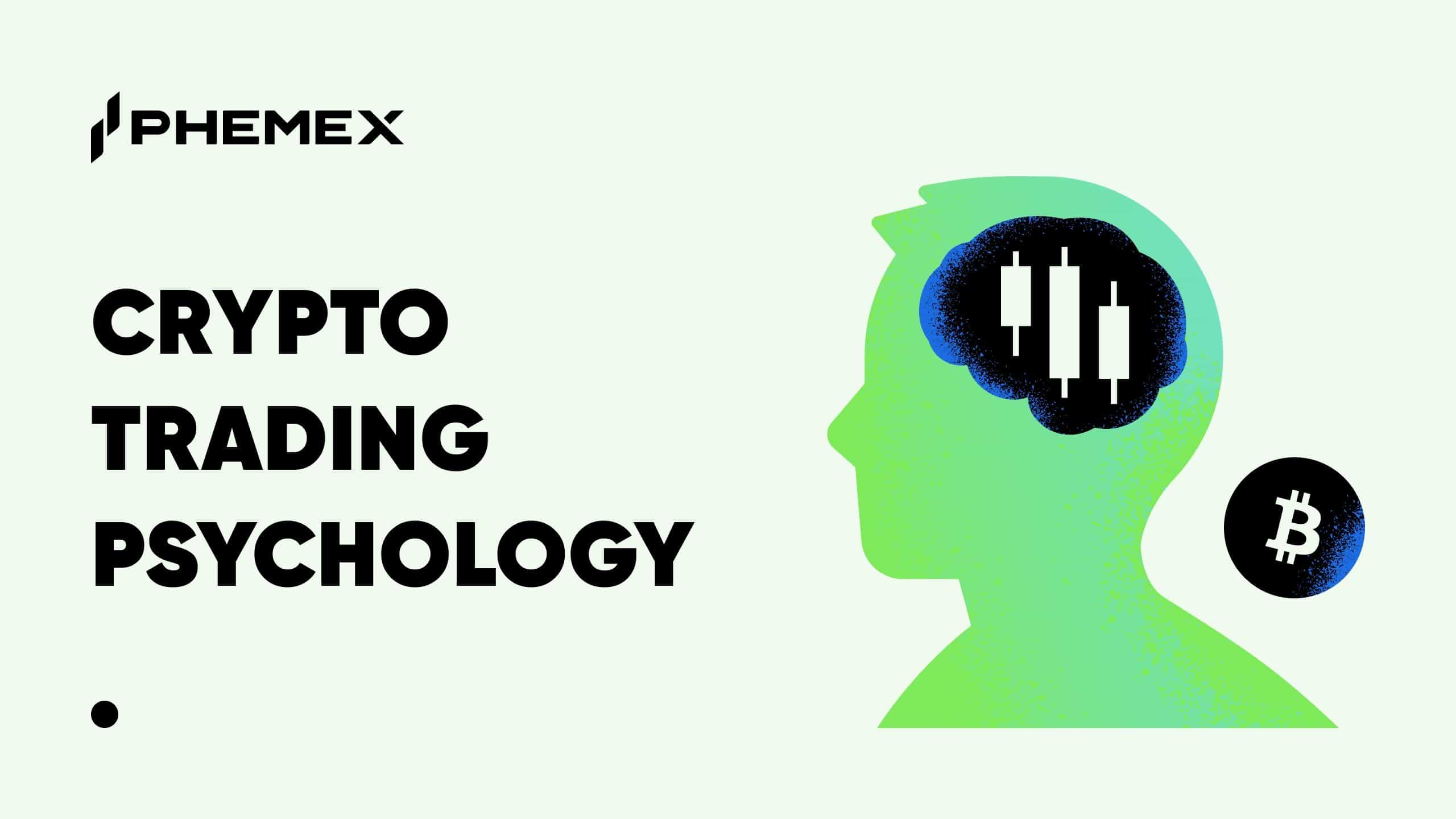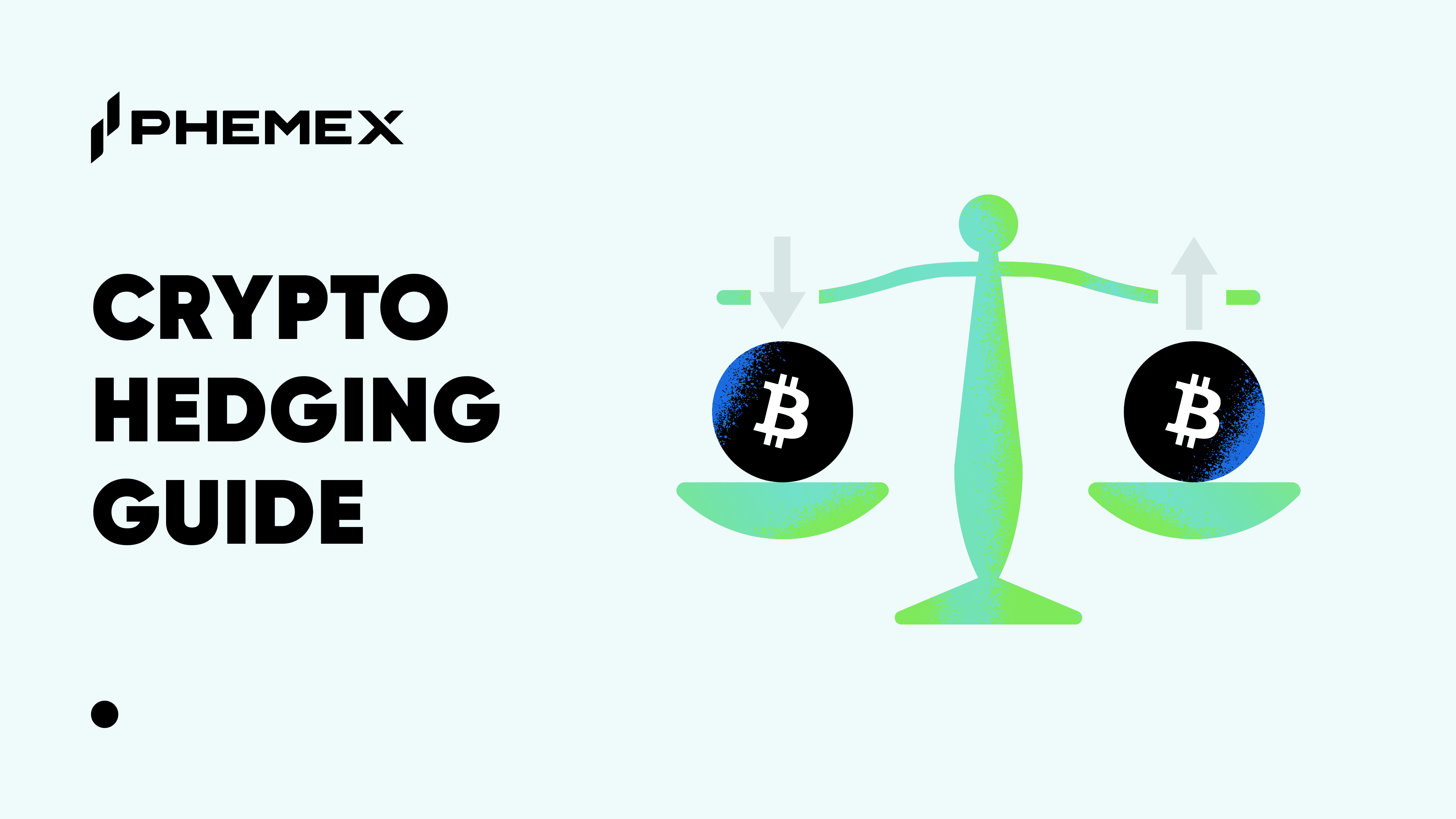Summary
- The bid-ask spread refers to the difference between the highest bid price a buyer is willing to pay and the lowest selling price a seller is willing to accept.
- Market makers place orders to buy and sell assets based on the bid-ask spread, and they profit from buying lower and selling higher while ensuring markets have sufficient liquidity.
- The bid-ask spread can reflect the risk that market makers feel towards a financial asset.
- Just as the bid-ask spread can affect asset prices, prices can also influence the spread of market bids and asks. If prices are low, the spread tends to be larger

What is Bid-Ask Spread?
The bid-ask spread is one of the most fundamental concepts for investing in traditional and cryptocurrency markets. It refers to the difference between the highest bid price a buyer is willing to pay and the lowest selling price a seller is willing to accept. Understanding the bid-ask spread is extremely useful to traders, especially derivatives traders dealing with more complex financial instruments.
How to Profit from Bid-Ask Spread?
An asset’s price reflects how valuable it is perceived to be at any given point in time, and this war between price takers and market makers can be a telling window into market sentiment. Market makers place orders to buy and sell assets based on the bid-ask spread, and they profit from buying lower and selling higher while ensuring markets have sufficient liquidity. However, market making isn’t the only way to profit from the spread.
Through market orders, which enable traders to buy or sell assets immediately, specialists can ensure orders are executed, but they cannot guarantee the price at which the asset is purchased or sold. Market orders are completed at or near the most current bid-ask level, so investors must remain vigilant while executing these kinds of trades.
Furthermore, the last-traded price doesn’t necessarily indicate the price at which the platform will execute the order. Investors also place limit orders to buy or sell assets at a price higher or lower than the market price, with the order being completed only when a counter-party agrees to the offer.
Market makers are tasked with adding liquidity to markets by being ready to buy or sell financial instruments at any time the market is active. Even a tiny spread between bids and asks can be highly profitable for market makers since they trade at such high volumes and frequency.
Though risk might seem low, market maker profits can be completely wiped out if caught on the wrong side of a volatile market. The market maker spread is considered a measure of liquidity in the market for that asset, and since market makers are more likely to bid or ask on the platform, there tends to be substantial order sizes across the spread.
Bid-Ask Spread Trading Strategies
Stop orders
To make the best use of the spread, traders should also know how stop orders work, where orders to buy or sell an asset are executed once the market price touches a particular support or resistance level. This level is known as the stop-price and can be used to perform a buy order or prevent further losses through a sale. Traditionally, stop orders are known as stop-loss orders and are executed using a limit order.
“Buy” and “sell” stop orders
Stop orders can be further classified into “buy” and “sell” stop orders. Buy stop orders can be especially handy for short sellers to minimize their losses, while sell stop orders are more helpful in protecting profits already acquired on an asset. Analysts often use the bid-ask spread percentage to quickly evaluate the market, which is essentially the bid-ask spread divided by the offer price expressed as a percentage.
Liquidity and risk level
In traditional markets, the bid-ask spread can be a helpful indicator in determining an asset’s liquidity and gauging its level of risk. In cases where bids and asks are placed heavily at specific price levels, markets become more liquid as market makers rush to meet the demand and profit from the spread.
A wide Bid-Ask Spread
On the other hand, if large market orders push the asset price up or down, market maker positions are easily disrupted, thus weakening market depth and increasing volatility risk, which leads to a broader spread. In this way, the bid-ask spread can reflect the risk that market makers feel towards that asset since wider spreads typically make it more difficult to exchange the asset at a stable price.
The depth of a Bid-Ask Spread
The depth of bids and asks can significantly impact the market’s spread, which can widen considerably when fewer participants place limit orders to purchase or sell assets, generating lower offer prices. In general, keeping the bid-ask spread in mind is crucial to executing buy and sell limit orders successfully.
Examples of the Bid-Ask Spread
Imagine a market marker was interested in profiting from the bid-ask spread of a certain asset. The asset presents a bid-ask spread of $100.00 and $100.50, which essentially allows the market maker to make $0.50 per trade. If they are able to trade, say, 1,000 units of the asset each day, their daily profit would be $0.50 x 1,000 = $500.
However, the bid-ask spread is just one of many very crucial pieces in the trading puzzle. Although it provides insight into both market sentiment and how assets are priced, there are additional factors investors should keep in mind while working with bid-ask spreads.
Wide vs. Tight Bid-Ask Spreads
Traders tend to lose a slight edge when entering positions in a highly liquid market with tighter bid-ask spreads, and these spreads enable traders to better understand when to enter positions without moving significantly away from the fair value. Additionally, volatile assets tend to have a wider bid-ask spread as traders are less confident about their short-term value.
It’s essential to remember that FUD and FOMO play prominent roles in markets as volatile as cryptocurrencies, catalyzing all kinds of short-term movements and causing further inefficiencies in market making. Because of this, it is heavily advised to use limit orders instead of market orders to align real-world positions with strategic decisions better, allowing for greater liquidity in trading markets.
Bitcoin’s Bid-Ask Spread
When trading Bitcoin‘s bid-ask spread, market participants first gauge the current spread to determine potential price movements before evaluating their stake and altering their positions accordingly. Following is a chart of Bitcoin’s bid-ask spread on various exchanges:
Source: The Block, Bid-Ask Spread [BTC/USD, BPS]
The rule of thumb for any trader analyzing the bid-ask spread is the lower the spread, the better for traders since narrower spreads indicate liquidity. Larger spreads can erode trading profits and aggravate existing losses while shrinking spreads present opportunities. The bid-ask spread is a vital concept that even the most experienced traders can learn something from if they choose to see it.
Just as the bid-ask spread can affect asset prices, prices can also influence the spread of market bids and asks. If prices are low, the spread tends to be larger, as lower-priced assets are usually newer and have smaller market caps. This means the total trade volume of these assets is lower than assets with higher prices, making these markets less liquid.
Ultimately, bid-ask spreads are a function of supply and demand. Higher demand and tighter supply rates facilitate narrower spreads and more liquid markets. Today, with how rapidly trading tools are advancing, finding buyers and sellers is more straightforward than it has ever been, helping to create more efficient supply/demand dynamics.
Conclusion
Spreads are a form of negotiation between buyers and sellers in a specific market, and many factors can compound how wide or narrow they become. By studying and understanding these different factors, investors can make better investment decisions and reel more consistent profits while limiting their risk exposure.
Read More
- Spread Trading: What does a spread mean in crypto trading?
- How to Measure Liquidity and Use It to Make Trading Decisions?
- Bitcoin Order Book Trading: Everything you Need to Know
- What is High-Frequency Trading and How does HFT work?
- How To Trade Crypto: The Ultimate Investing Guide
- Crypto Trading vs. Investing: Key Differences Explained
- What is Spot Trading & How does it Work?
- Short Squeeze: What is it, How to predict a Bitcoin Short Squeeze?








